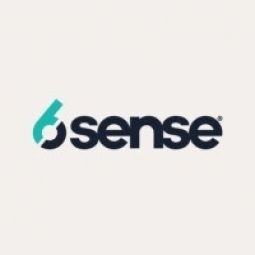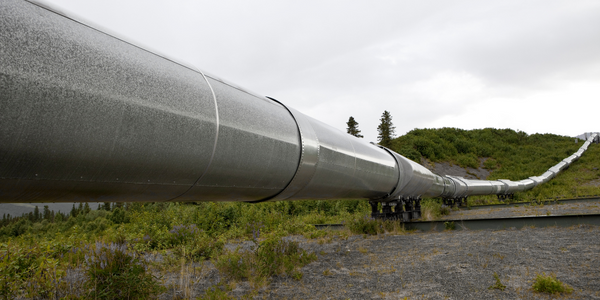Technology Category
- Functional Applications - Enterprise Resource Planning Systems (ERP)
- Platform as a Service (PaaS) - Application Development Platforms
Applicable Industries
- Education
- Oil & Gas
Applicable Functions
- Sales & Marketing
Use Cases
- Time Sensitive Networking
- Virtual Training
Services
- Training
About The Customer
Auth0 by Okta is a modern approach to customer identity that enables organizations to provide secure access to any application, for any user. The company offers an easy-to-implement, extensible authentication and authorization platform. Auth0 is committed to scaling its revenue team’s outreach efforts and prospecting the right accounts, the right people, at the right time, with the right messages. The company is dedicated to adopting new technologies that can help them achieve their goals and increase their pipeline and average selling price.
The Challenge
Auth0, an extensible authentication and authorization platform, faced the challenge of scaling its revenue team’s outreach efforts and prospecting the right accounts, the right people, at the right time, with the right messages. The company needed a solution that would not only help them identify and target the right prospects but also encourage adoption of the new technology among their sales teams. The challenge was to implement a solution that would be embraced by the sales team and would effectively increase the pipeline and average selling price.
The Solution
Auth0 turned to 6sense, a comprehensive account-based marketing platform. The company launched 6sense in phases, starting with a training pilot and then a full rollout for AMER and EMEA Sales Development Representatives (SDRs) and Market Development Representatives (MDRs). After the success of the pilot program, the ABM team expanded access to the 6sense platform to the global SDRs, MDRs, and Demand Generation team. The AE team was also given access to the platform ahead of schedule due to their excitement over their colleagues’ success with 6sense. The sales team shared their 6sense success stories with each other to drive cross-team collaboration and learning, which accelerated ongoing sales adoption and maintained enthusiasm for the 6sense platform.
Operational Impact
Quantitative Benefit

Case Study missing?
Start adding your own!
Register with your work email and create a new case study profile for your business.
Related Case Studies.

Case Study
Taking Oil and Gas Exploration to the Next Level
DownUnder GeoSolutions (DUG) wanted to increase computing performance by 5 to 10 times to improve seismic processing. The solution must build on current architecture software investments without sacrificing existing software and scale computing without scaling IT infrastructure costs.

Case Study
Remote Wellhead Monitoring
Each wellhead was equipped with various sensors and meters that needed to be monitored and controlled from a central HMI, often miles away from the assets in the field. Redundant solar and wind generators were installed at each wellhead to support the electrical needs of the pumpstations, temperature meters, cameras, and cellular modules. In addition to asset management and remote control capabilities, data logging for remote surveillance and alarm notifications was a key demand from the customer. Terra Ferma’s solution needed to be power efficient, reliable, and capable of supporting high-bandwidth data-feeds. They needed a multi-link cellular connection to a central server that sustained reliable and redundant monitoring and control of flow meters, temperature sensors, power supply, and event-logging; including video and image files. This open-standard network needed to interface with the existing SCADA and proprietary network management software.

Case Study
Refinery Saves Over $700,000 with Smart Wireless
One of the largest petroleum refineries in the world is equipped to refine various types of crude oil and manufacture various grades of fuel from motor gasoline to Aviation Turbine Fuel. Due to wear and tear, eight hydrogen valves in each refinery were leaking, and each cost $1800 per ton of hydrogen vented. The plant also had leakage on nearly 30 flare control hydrocarbon valves. The refinery wanted a continuous, online monitoring system that could catch leaks early, minimize hydrogen and hydrocarbon production losses, and improve safety for maintenance.










